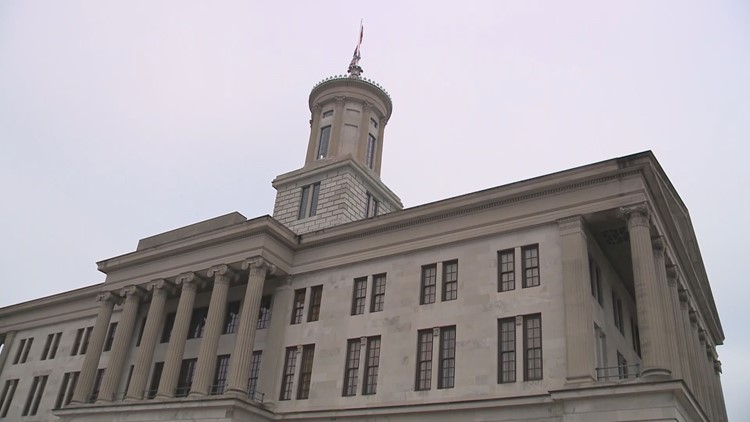TENNESSEE, USA — Roughly every 10 years, states start redrawing their electoral districts.
When this redistricting process begins, conversations about voting power and representation follow.
A term that frequently comes up during these discussions is gerrymandering.
What does it mean? Why is it such a big deal?
What is it?
Gerrymandering is the process where lawmakers redraw electoral districts in a way that manipulates district boundaries to favor their party or voter groups over others.
Generally, this manipulation occurs in two ways: "cracking" and "packing."
Cracking happens when boundaries are redrawn to divide opposition voters up between several districts, diluting their voting power enough to allow the party that controlled the redistricting process a greater chance of winning those districts in future elections.
Packing happens when the boundaries are drawn to consolidate certain voter groups into fewer districts, setting the controlling party up for future decisive wins in the "unpacked" district or districts.
Where did it come from?
The practice was around long before the term, but "gerrymandering" came from an 1812 law enacted by Massachusetts Gov. Elbridge Gerry's administration, which defined new state senatorial districts in a way that consolidated the Federalist Party vote and gave more representation to Democratic-Republicans. One of the district outlines looked like a salamander, and the name "Gerry-mander" stuck.
What does it do?
The process gives more weight to the votes of a specific party or group based on how the district is drawn, thereby reducing the representation of those in the remaining districts.
Historically, it has been used to give specific political parties an advantage over competitors or to limit the voting power of minority groups.
Is it legal?
There is not a clear answer here.
In 1962, the Supreme Court ruled the Tennessee legislature violated the equal protection clause of the Fourteenth Amendment when it did not redraw boundaries when populations grew in certain areas, skewing the voting power in those districts.
In 1986, the Supreme Court held race-based gerrymandering did not align with the 1965 Voting Rights Act, which outlawed discriminatory practices that often hindered minority groups from voting. In 1995, it also held the equal protection clause also prohibits using race as the “predominant factor” in drawing boundaries.
However, it has not ruled specifically on gerrymandering based on political party.
As of right now, states are required to get as close as they can to divide their populations equally and draw district boundaries that are fair.



